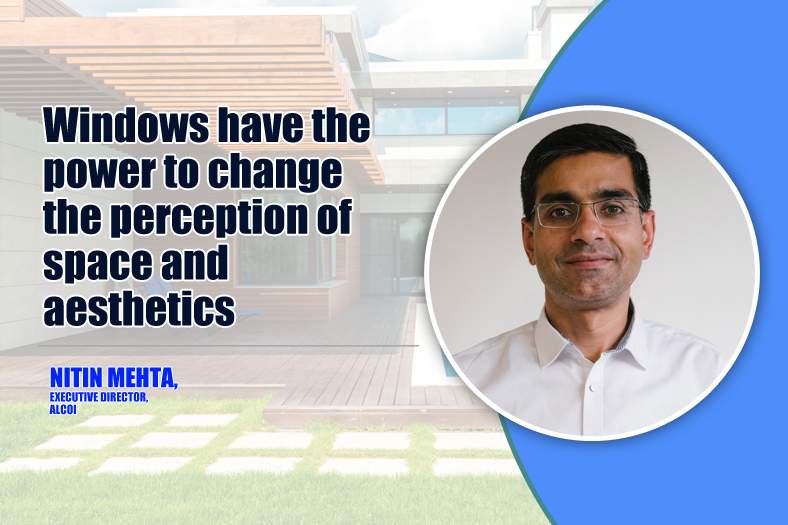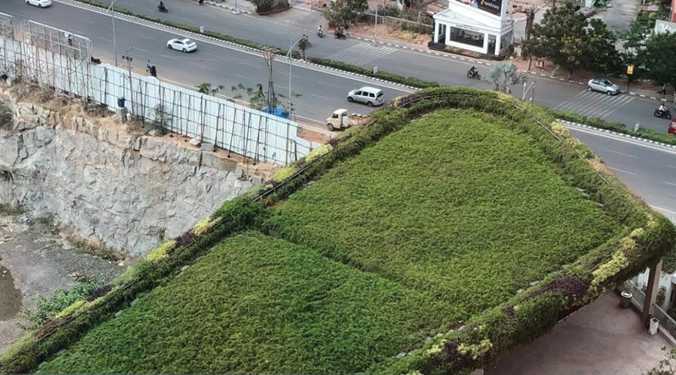
With the construction industry contributing majorly to the alarming global warming levels, there is a pressing need for solutions addressing the adverse environmental impacts. Unfortunately, India ranked lowest in the 2022 Environmental Performance Index (EPI), which is evaluated based on 40 performance indicators, including climate change, environmental public health, and ecosystem vitality. The industry has explored various routes to develop these solutions, the green building being one of them. However, even though green building technology has been at the forefront of the measures suggested for mitigating the climate crisis to design an ideal built environment, it is vital to understand its implications on the natural environment first.
The union of smart and green buildings
Green buildings are environment-focused, giving the utmost importance to sustainable and eco-friendly practices. Smart buildings, on the other hand, are centred around efficiency and
optimising comfort for the user through intelligent, automated processes. Going forward, the union of these two concepts will take place rapidly by incorporating green practices into intelligent systems. The fenestration industry, for example, has made efforts to integrate smart systems like better locking mechanisms and ergonomic designs into energy-efficient windows and facades. These systems are developed based on in-depth calculations, which results in high performance.
The role of renewable energy in this revolution
Passive building design is a great starting point while addressing the built environment, but in today’s hybrid world, it seems insufficient on its own. Buildings must integrate renewable energy sources from their planning stage to the construction and post-construction phases. Not just that, the construction industry should consider using renewable energy sources. Stakeholders can shift manufacturing products such as fenestration, furniture, construction equipment and other building materials to a greener realm by using renewable
energy sources for their processes.
The cost of going green
Currently, the initial investment for going green is higher than the conventional building methods. An effort on green building systems to make these resources more accessible can help solve that problem to quite some extent. However, extensive research has proven that green building systems reduce operating costs in the long run. This initial investment ultimately offsets the cost incurred in the early stages. The reduced operating costs result from lesser maintenance of systems and less reliance on active systems such as water, electricity and human resources.
Embracing green technology on a budget
Going green can seem daunting considering the finances for budget homes and other spatial projects. However, for small-scale projects, one can lower these costs by integrating passive design techniques such as using vernacular building materials and methods and designing climate-responsive spaces. In addition, many active technologies are accessible at a feasible cost for energy-efficient windows and facades, solar roofs, rainwater harvesting systems and more. While the price for its setup might be higher, these systems account for the difference by paying off in the long term. Going green is a shared responsibility of every stakeholder involved with the building industry. Research and innovation have unveiled the
potential that these technologies have to offer. But, going ahead and taking the right course of action is crucial.
Cookie Consent
We use cookies to personalize your experience. By continuing to visit this website you agree to our Terms & Conditions, Privacy Policy and Cookie Policy.









